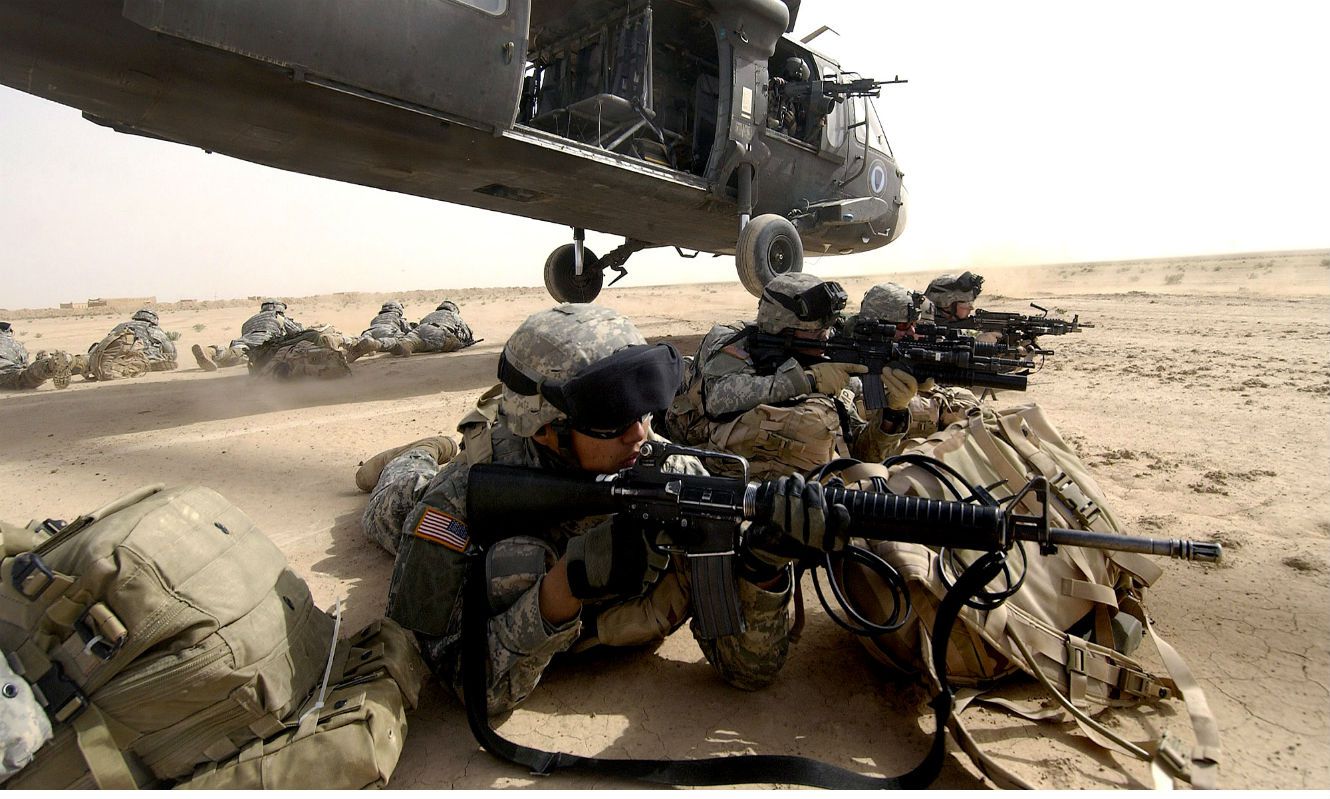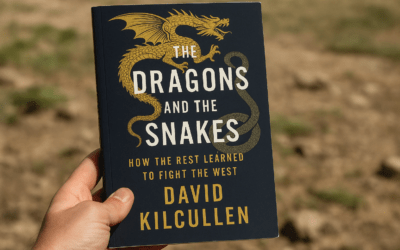EPISODE 2
USING RULES TO MANAGE RISK

One of the themes we discussed in our last episode was that just because something is technically legal, or not against the rules, that doesn’t necessarily make it a good idea. We build on that theme today and talk about how we use rules and guidelines to manage risk and shape our decisions. We talk about the risks associated with car chases, the 21 foot rule, and how some parents worry more about having a gun in the house than a pool in their backyard.
We also share one of our guiding principles from Col. John Boyd about training and risk management: People, Ideas, and THEN Hardware, in that order!
Links:
Boyd, The Fighter Pilot Who Changed the Art of War
Pearl Harbor: Warning and Decision
Jim’s article on Lessons Learned from Tactical Aviation (also available on Facebook here)
Like what we’re doing? Head over to Patreon and give us a buck for each new episode. You can also make a one-time contribution at GoFundMe.
Intro music credit Bensound.com
CLICK BELOW TO SUBSCRIBE NOW ON YOUR FAVORITE PLAYER
THANK YOU TO OUR SPONSORS! PLEASE GO CHECK THEM OUT
Recent Episodes
Teaching the Enemy: Lessons from The Dragons and the Snakes
From guerrilla warfare and liminal conflict to use-of-force doctrine and law enforcement tactics, this episode connects military theory to street-level realities. Are we in a new kind of war without even knowing it? And what are we teaching our opponents every time we act?
It’s Chess AND Checkers–Tactics and Strategy Unite!
Why do we focus so much on tactics and so little on strategy? In this episode, Mike and Jim tackle the divide between street-level action and big-picture thinking. Drawing on lessons from policing, the military, and community crime prevention, they explore how individual cops, community members, and leaders can influence criminal decision-making—not just react to it.
Topics include resource constraints, the Broken Windows theory, and strategies for shifting offender perceptions to prevent crime before it occurs.













0 Comments